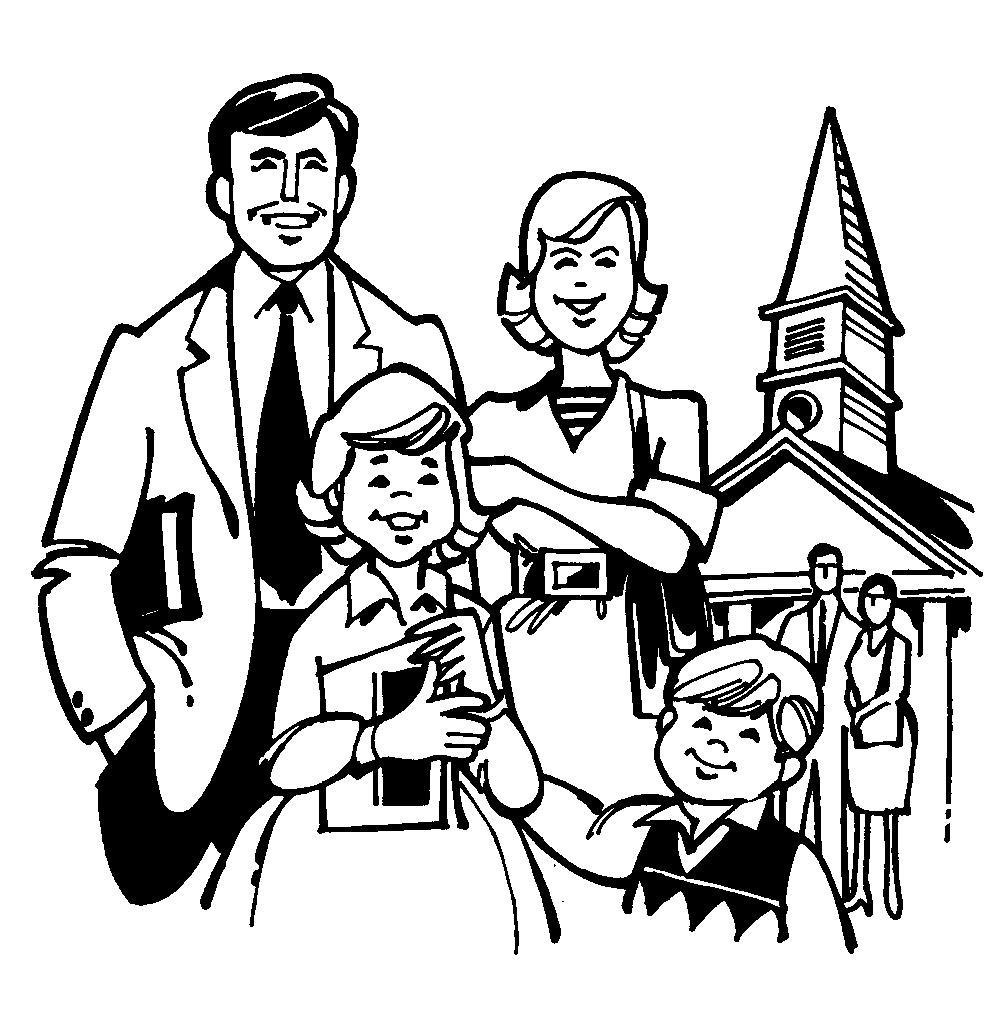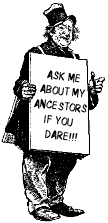top of page
The Real Critical Race Theory:
A Review of Theodore Allen’s
The Invention of the White Race, Volume 1: Racial Oppression and Social Control

“The entire United States, not just a sector of it, was a society wherein the heedless, headlong, pell-mell push for capital accumulation could proceed with the ‘consent of the governed’ only by virtue of the ‘white’ racial privileges of the European American laboring-class population.”
—Theodore Allen, 1994
Earlier this year, Kimberle Williams Crenshaw and her role in the creation of Critical Race Theory were targets of attack by many self-defined American conservatives. Critical Race Theory is a school of scholarship that argues that, when dealing with equity in America’s criminal-justice system, you must take into account the dozens of micro-assaults, discriminations, and favoritisms that have been directed against black people since the end of the Civil War. Critical Race Theory was borne from a series of workshops by Harvard law-school students who were trying to found a theoretical framework that took the same approach to law that Marxist-inspired Critical Theory took to sociology—that scholastic fields of inquiry should begin to ask questions that both challenged previous presumptions in society and suggested solutions for the future. CRT was, in essence, a field of study primarily made for liberal professors who were interested in bettering society rather than simply observing it.

But the recent spotlight put on CRT is a red herring. American conservatives pushed the narrative that CRT teaches children who identify as white to hate themselves, and that it argued that racism was inherent in America’s institutions rather than its people. But that is in fact not the case, because CRT argues that it is the racism in people who work in these institutions that is systemic. But Crenshaw argues more poignantly that it does not even matter, because any solution that does not take into account—in a restitutive fashion—the disadvantages that people of color have already endured will not result in an “equal” society. CRT does not say: “America is racist – leave,” It says “America has had racist leaders – here’s what we can do to change that in the future.”
Although Crenshaw was castigated for helping found Critical Race Theory, there is another book that conservatives probably should be fuming over far more: 1994’s The Invention of the White Race by independent scholar by Theodore Allen. If any book could be considered to argue that America is fundamentally racist to its core, it is this dynamic scorcher. You want to talk real critical race theory? Allen talks it and backs it up with historical evidence. Throughout the course of the book, Allen details how, step by step, American legislators passed eerily similar laws to control the African population to the ones the English passed to control the Irish, leading to the disenfranchisement of both communities. The book details how the creation of the concept of race in America was specifically designed to favor the “white” man over the “black” man. This is the Critical Race Theory book people should be really worried about. If they are going to worry.

One of Allen’s most salient points is the fact that, in order to understand his theory, you have to understand why it is fairly new. As Allen argues, there was a sea-change in the way history was written after World War II and especially during the 1960s that led historians to reject some of their old white-supremacist presumptions. One of the first rejections that Allen examines is the notion that racism is “natural.” Allen argues that some historians claimed that man’s natural inclination towards racism alone explained why Africans were racialized out of real citizenship in the Americas. The idea that racism was natural was understood to be true for so long that it took two world wars for historians to begin to challenge this presumption. Allen credits Trinidadian intellectual and former president Eric Williams with being one of the first historians to argue that racism was actually borne out of the slave trade rather than the slave trade being the result of racism. As Williams held it, slavery actually caused British officials to institutionalize race prejudice to help justify and institutionalize the enslavement of Africans (p. 2). To prove this, Allen cites instances in which early Europeans not only displayed open-mindedness towards blacks, but even admiration and camaraderie. Sir Francis Drake considered the African maroons that he worked with to be “no less valiant than industrious, and of good judgement.” According to historian Edmund Morgan, getting rid of these positive attitudes towards blacks was a necessary precondition for the eventual establishment of racial slavery.


Next, Allen sets out the reasons why race is not biologically real, but is rather a social convention belonging “to the realm of ethics and politics, not to that of biology” (p. 22, according to a a quote by Theodosius Dobhanzky). He does this first by depicting instances in which “whiteness” was bestowed on people no matter what their genetic background. Allen cites that in colonial America, Spaniards could become white by literally purchasing a royal certificate of whiteness. Even today, he says, Brazilians feel that the richer you are, the whiter you are (p. 27). Allen goes on to demonstrate that the series of negative inherent characteristics that the English would soon be applying to African Americans was first applied to Irishmen. To support this, he incorporates a quote from a sort of transitional Englishman who maintained viral prejudices against both ethnic groups at the same time, before Irish racism had petered out. In 1881, during a visit to America, historian Edward Freeman made the ruthlessly insensitive suggestion that America “‘. . . would be a grand land if only every Irishman would kill a negro, and be hanged for it" (p. 29).
Using what one might call “Critical Anglo Theory,” Allen argues that the English (they would not officially be "the British" until Great Britain was created in 1707) systematically used first ethnic prejudice and then religious discrimination to take political and social power away from the Irish upon their colonization of the island. He first makes the case that cultural superiority and a desire for land caused the English to systematically destroy the Irish clan-head system of inheritance. For generations, the Irish had developed a system whereby the head of each clan would determine the most equitable divisions of land for the tribe. This system was based on the communal good and always ensured stable transfers of power. In order for the English to impose their will on these people, they took a two-pronged approach: 1) they helped deteriorate Irish people’s trust in this system, and then 2) they demoted the actual individuals who promoted the system, the heirs of the current clan heads. As Allen recounts, the English used a series of laws that favored Protestants and marginalized Catholics in order to de-stabilize the traditional Irish clan-head system, which did not mesh with the English system of parliamentary elites. One of the most incompatible aspects of this system was that the Irish clan-head system incorporated a communal notion towards land, wherein individuals did not own land, but it belonged to your entire kinship group. If you wanted to buy or sell some of this land, you had to get the permission from every male descendant of your great-grandfather. Also, the Irish were pastoralists (shepherding, mostly) and the English were farmers. So not only was it difficult to get the land from the Irish, then you had to convince them to do something different with it than they had always done.


Historically, the Irish relationship to land ownership was much closer to both African and Amerindian notions of land ownership than English. In Irish, African, and Amerindian societies, the leading social unit had more rights to the land than any individual. As David Schoenbrun explored in A Green Place, a Good Place, most of west and central Africa adhered to a system of newcomer rights, where whatever community could make the land produce food was said to own it. This contrasting idea of the very notion of what land was used for was anathema to the British system of individual liberty. In fact, the notion of individual ownership of land was a major cause of some of the cultural clashes that occurred during the late 19th century’s Scramble for Africa. Allen includes a reference to the Native American communal concept of land and the disgust it engendered amongst Europeans. According to Indian Commissioner T. J. Morgan, “the Indian must conform to the ‘white man’s ways’ . . . the tribal relations should be broken up, socialism destroyed, and the family and autonomy of the individual substituted.” Morgan “condemned ‘the degrading communism’ of Indian tribal ownership, where ‘neither can say of all the acres of the tribe, ‘This is mine’” (p. 38).
Another tactic taken by English colonists to gain social control over the Irish was to equate them with being “savage” or “barbaric.” According to Allen, “David Beers Quinn found that the Irish became the ‘standard of savage or outlandish’ social behavior for interpreting African and American Indian societies’” (p. 30). Allen buttresses this argument well with a quote from Early English conquistador Robert Dudley, Earl of Leicester, who claimed that “the Irish were ‘a barbarous people’ . . . and the English should deal with them as other Christian colonizers did with barbarians elsewhere in the world” (p. 31).

Irish clan heads also followed many of the same legal customs that the more decentralized African and Amerindian nations followed. Rather than seeing the adherence to a written standardized law as a hallmark of civil society, Irish groups believed in treating offenses more on a case-by-case basis. Rather than “the people” ever opposing a single individual, crimes were treated as private grievances that should be resolved solely to the satisfaction of the aggrieved parties rather than out of any respect to legal notions of precedent. And the state did not arrogate to itself any property or expense that was slated for the aggrieved parties. In its quest to avoid blood feuds or vengeance, the Irish clan-head system avoided Western conventions like jail, an institutionalized police force, and the death penalty (p. 38). This approach to criminal justice is very similar to the widespread precolonial African oral history tradition of customary law, in which a chief, clan-head, or Big Man will also adjudicate issues less on historical precedent than on the best resolution for that particular situation. Since these cultures were largely oral, there was no written laws or constitutions to try to adhere to. Instead, African clan heads would use the institution of slavery as a penal system. The Big Man would determine which punishment fit a particular crime, and if the offense was egregious enough or if an unacceptable amount of repeat offenses had occurred, they could possibly be sold off to into slavery, but always with the idea that slavery was a temporary state that people could work their way out of.

bottom of page